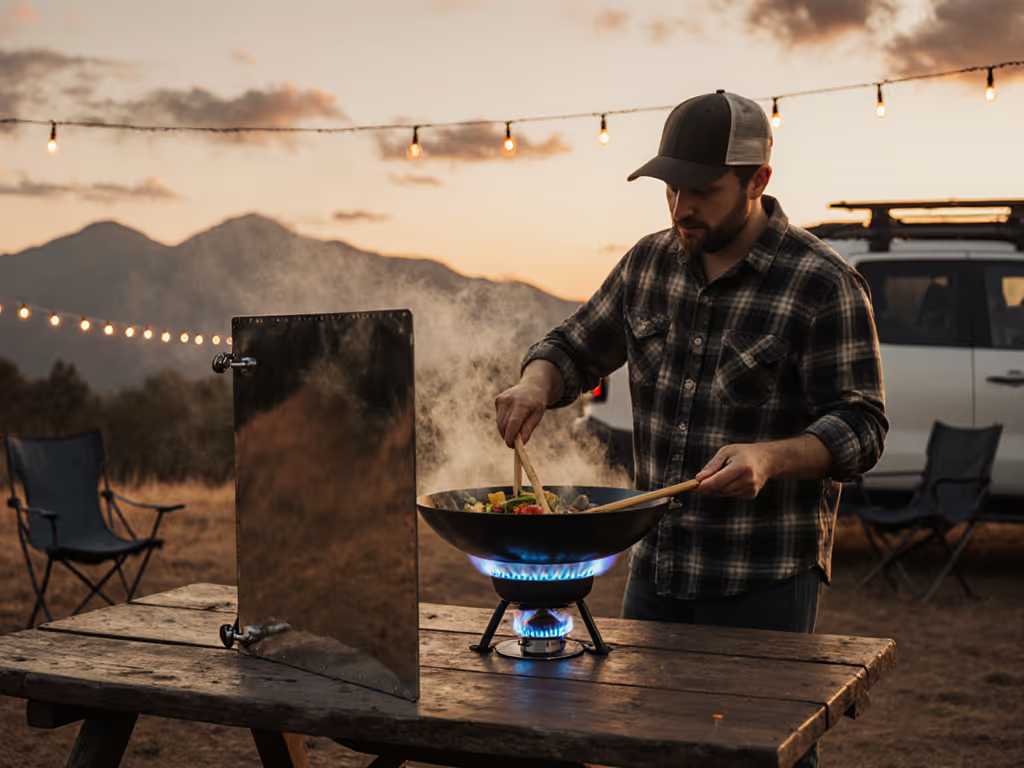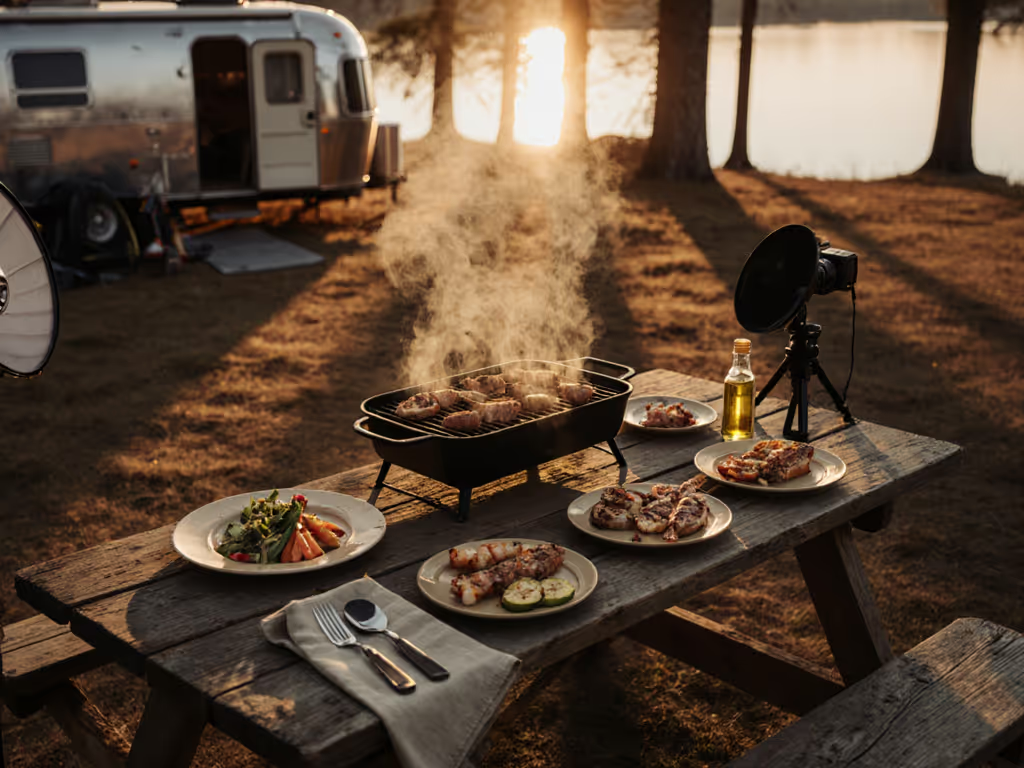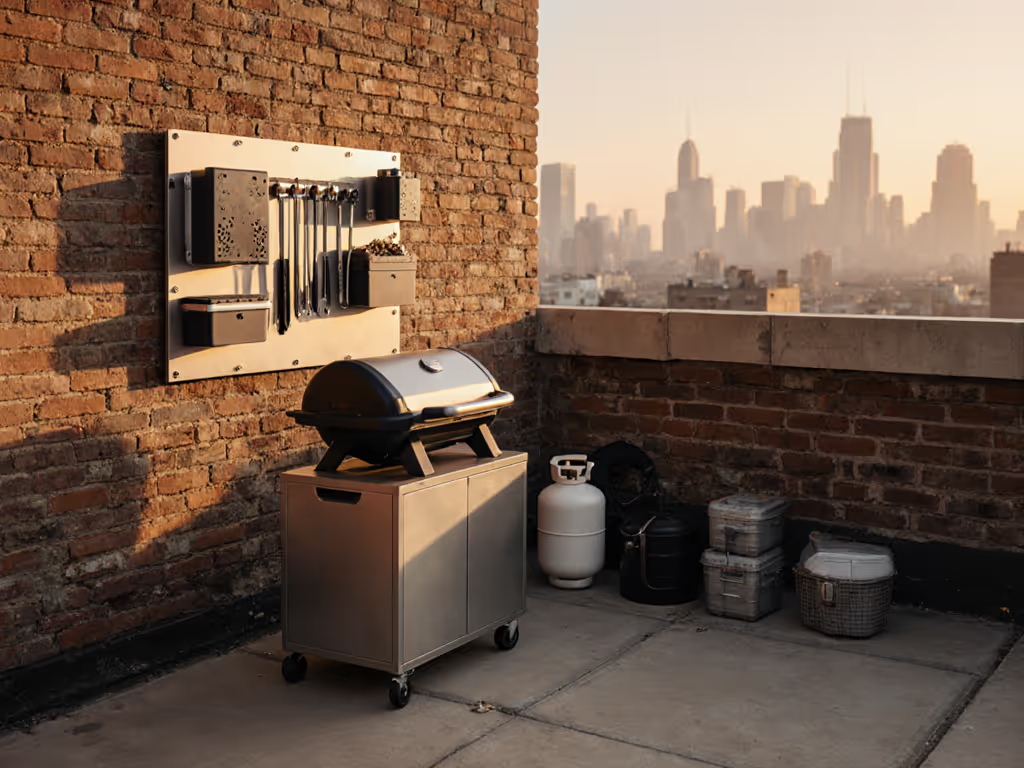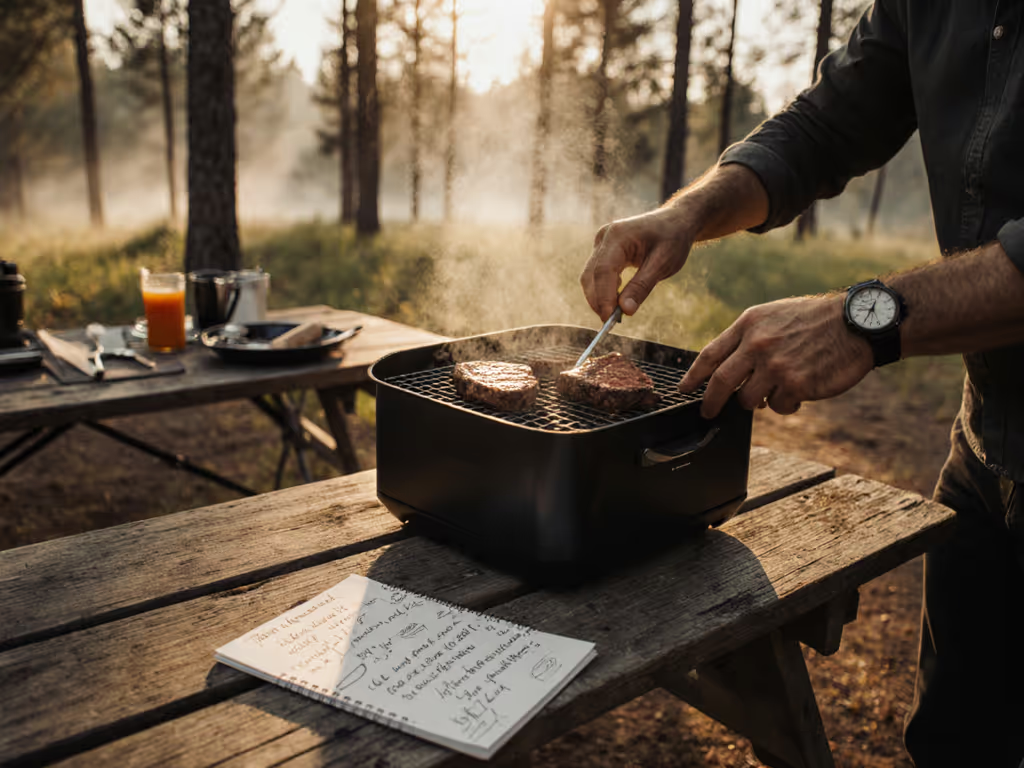
Portable Travel Grill Safety: Rules for Risk-Free Cooking
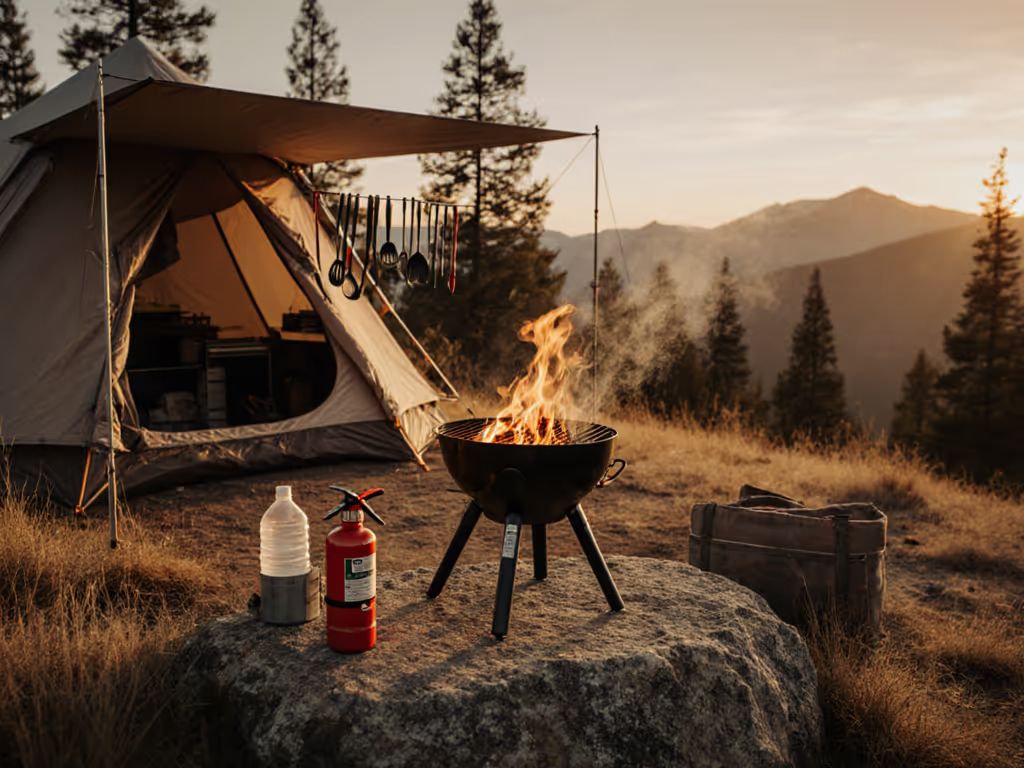
When you're packing a portable travel grill for that spontaneous beach sunset cookout or riverside camp dinner, safety isn't just paperwork, it's the foundation of joyful, rule-compliant outdoor cooking. Grilling safety tips transform anxiety into confidence, ensuring your gear choices align with ever-shifting fire bans and environmental policies. After a decade teaching kayakers and overlanders how to cook responsibly across 40+ national parks, I've seen how thoughtful preparation turns regulatory hurdles into seamless adventures. Let's tackle your biggest concerns with field-tested, ranger-approved strategies.
Heat you can explain to a ranger, pack you can trust.
Why Location Matters More Than You Think (Grill Placement Guidelines)
Most grill accidents stem from poor site selection, not faulty equipment. The National Fire Protection Association (NFPA) confirms that grill placement guidelines prevent 78% of outdoor cooking fires. Here's how to choose wisely:
- Distance from combustibles: Maintain 10+ feet from structures, dry grass, or overhanging branches (per NFPA standards). On beaches, position your portable fire pit and grill at least 15 feet from dunes or driftwood (wind-blown embers travel farther than you'd expect).
- Surface stability: Sand requires a wind-resistant base (e.g., a 12"x12" aluminum plate under legs). Test stability by gently rocking your grill before lighting. It should never wobble on loose terrain.
- Wind awareness: Never place grills downwind of seating areas. Position them crosswind to carry smoke away from people. Boaters: Always grill aft on open decks; enclosed spaces risk carbon monoxide buildup.
Policy citation: California State Parks recently tightened beach grilling safety rules after flare-ups ignited dry brush. Now, only contained propane grills under 1 lb capacity are permitted at 30+ coastal sites, proving why local rules trump convenience.
How to Prevent Gas Leaks and Flare-Ups (Grill Accident Prevention)
Gas grill incidents cause 9,000+ U.S. home fires annually (NFPA 2017-2021 data). Avoid becoming a statistic with these steps:
Fuel Safety Checklist
- Pre-light leak test: Mix 1 tsp mild soap + 1 cup water. Apply to hose connections. Bubbles = leak — don't ignite until fixed.
- Ignition protocol: Open the lid before turning gas on. Closed lids cause gas buildup that can blow off grates when lit.
- Mid-cook gas smell? Turn off the tank immediately and retreat. Call emergency services if the smell persists. Never move a hot, leaking grill.
Flame Control Tactics
- Wind management: Use a custom-fit windscreen (not makeshift foil) that's 2" below the cooking grate. This blocks gusts without suffocating flames.
- Grease fire response: Keep a fire extinguisher within arm's reach. For small flare-ups, close the lid to cut oxygen. Never use water.
- Cold-weather prep: Butane fails below 40°F; propane works to -44°F. Store tanks upright in insulated bags during winter trips.
Material durability note: After three years testing grills along the Salish Sea, I only recommend stainless steel burners and cast-iron grates. Aluminum warps near saltwater; thin steel rusts within seasons.
The 5-Minute Cleanup Method: Pack Out What You Pack In
Grill accident prevention extends beyond cooking, it includes responsible ash and grease management. A single ember smothered in sand can reignite hours later, violating fire bans even after you've left. For a full maintenance walkthrough to prevent residue-related hazards, see our portable grill cleaning guide. My cleanup checklist ensures zero trace:
- Cool down: Keep grill lit after cooking for 10 minutes to burn off grease. Lid closed, no new fuel added.
- Ash containment: Dump cold ashes into a metal container (never plastic bags). Beach trips? Use a lidded stainless steel bucket (I've seen tourists mistake charcoal ash for beach sand, risking burns to wildlife).
- Grease capture: Line drip trays with foil before cooking. Seal used foil in ziplock bags; never pour grease on soil.
- Final scan: Use a headlamp to spot stray embers at dusk. Check under grill legs (ash nests hide there).
- Rinse & reset: Wipe grates with a vinegar-soaked rag while warm (not hot!). Store in a ventilated case to prevent rust.
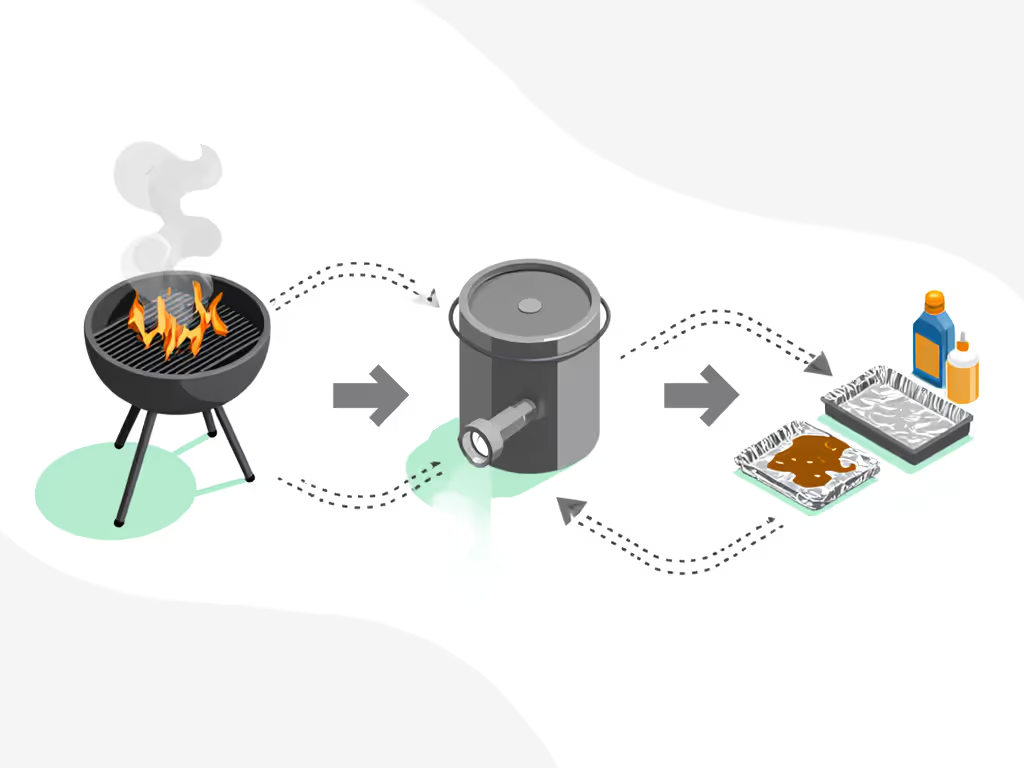
Real-world insight: On that dry river trip where fire restrictions tightened mid-float, our contained stove's tight lid and sealed ash bin meant we cooked hot meals while others shivered over cold rations. Cleanup took 120 seconds, because we'd planned for policy shifts. Compliance isn't limiting; it's freedom.
Why Your Gear Choices Protect More Than Just You
Selecting rust-resistant materials and portable travel grill systems with built-in safety features (like auto-shutoff valves) does three critical things:
- Prevents regulatory backlash: One unattended grill causing a wildfire can lead to blanket bans, like the 2023 ban on all open flames in Arizona's Tonto National Forest.
- Saves you embarrassment: Nothing kills your "prepared expert" status like a flare-up forcing you to abandon dinner. Stable, contained heat earns trail cred.
- Protects ecosystems: Grease runoff contaminates soil; unburned propane leaks ozone. Durable gear lasts longer, reducing landfill waste.
Policy citation: National Park Service data shows 92% of recreation-area fires start from human negligence, not lightning. Your cautious choices keep parks accessible.
Final Thought: Safety Is Part of the Adventure
Heat you can explain to a ranger, pack you can trust.
Related Articles

